Rank Generaloberst | Name Bruno Loerzer | |
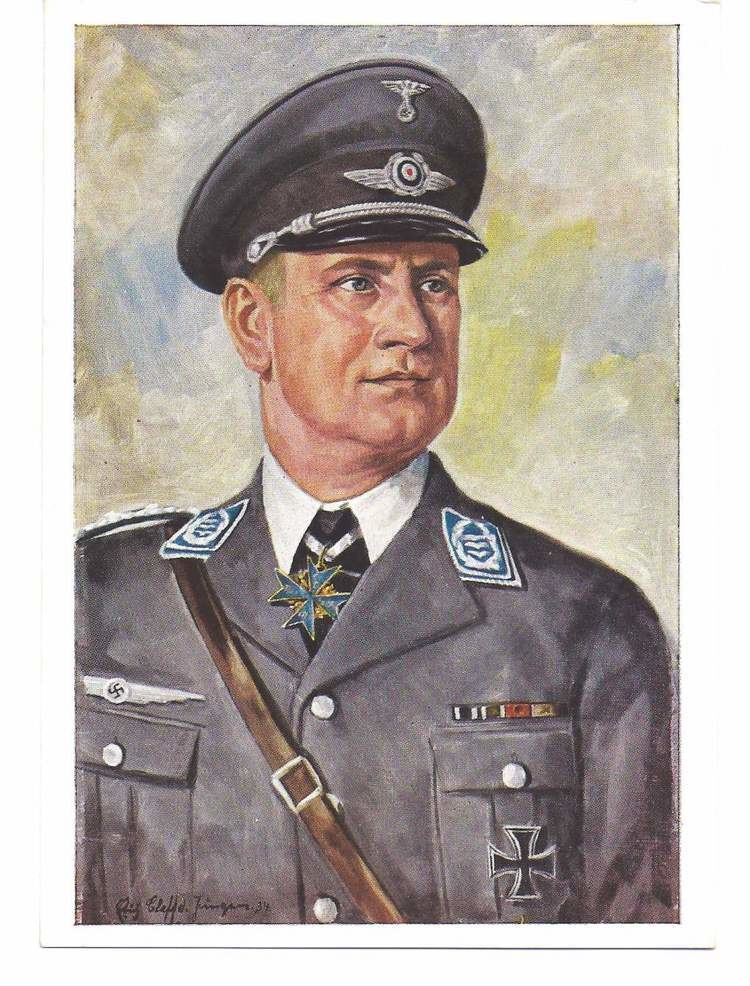 | ||
Born 22 January 1891Berlin ( 1891-01-22 ) Battles/wars World War IWorld War II Similar People Alfred Keller, Wolfram Freiherr von Richt, Hans Jeschonnek, Hans‑Jurgen Stumpff, Hermann Goring | ||
Years of service 1911–20, 1935–45 | ||
Flieger empor bruno loerzer marsch 1939
Bruno Loerzer (22 January 1891 – 23 August 1960) was a German air force officer during both World War I and World War II.
Contents
- Flieger empor bruno loerzer marsch 1939
- Building Wingnut Wings 132 Fokker DVII F Bruno Loerzer Scale Model Aircraft
- Career
- Awards
- References
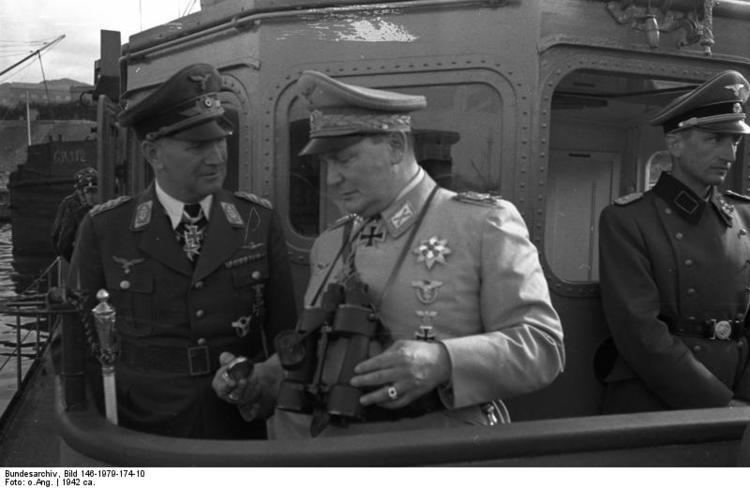
Building Wingnut Wings 1/32 Fokker D.VII F - Bruno Loerzer Scale Model Aircraft
Career
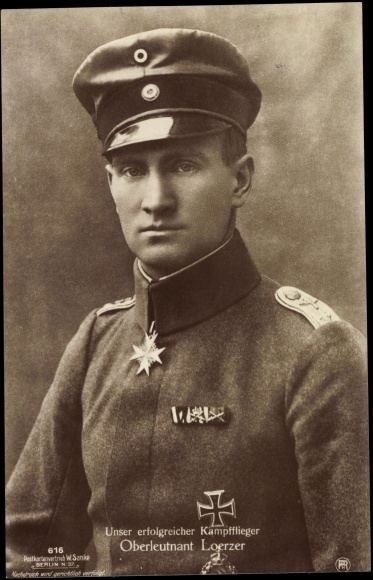
Born in Berlin, Loerzer was a prewar army officer who learned to fly in 1914. Hermann Göring flew as Loerzer's observer from 28 October 1914 until late June 1915. Transferring to fighters, Loerzer flew with two Jagdstaffeln in 1916 before joining Jagdstaffel 26 in January 1917. By then he had scored two victories over French aircraft. His tally reached 20 victories at the end of October and he received the Pour le Mérite in February 1918.
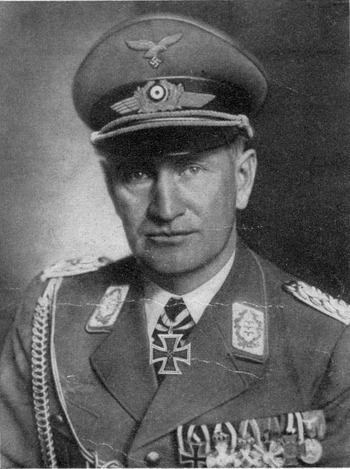
The same month, he took command of the newly formed Jagdgeschwader III, the third of Germany's famed "flying circuses." His aces included his brother Fritz, who claimed 11 victories. Leading Jasta 26 and three other squadrons, with Hermann Dahlmann's support as adjutant and wingman, Loerzer proved a successful wing commander. Equipped with the new BMW-engined Fokker D.VII, JG III cut a wide swath through Allied formations in the summer of 1918, and his own score mounted steadily. He achieved his last ten victories in September when he reached his final score of 44 victories. Shortly before the armistice, he was promoted to Hauptmann (captain).
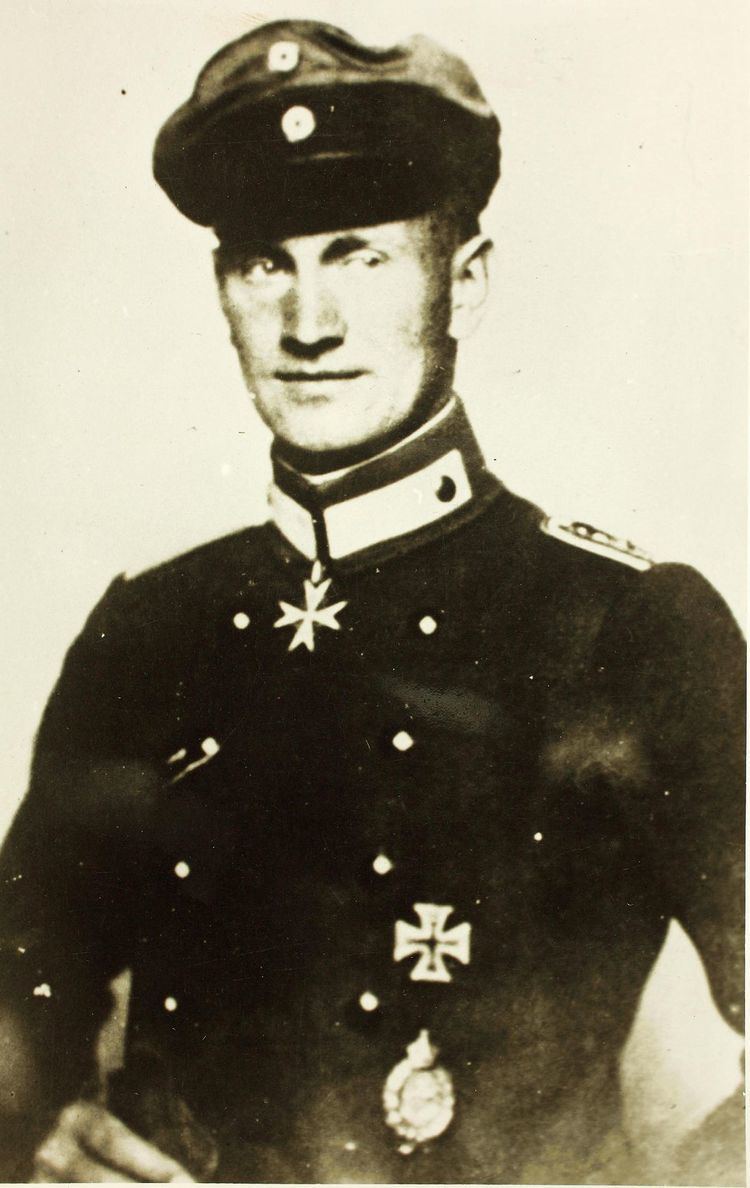
Loerzer irregularly fought with Freikorps anti-communist paramilitary units from December 1918 until March 1920. He commanded FA 427 in the Baltic area, supporting the Eiserne Division in the tactical air role. During the 1930s he was a leader in various civil aviation organizations (National Socialist Flying Corps: NSFK), and rejoined the Luftwaffe in 1935 with the rank of Oberst (colonel).
Loerzer benefited from his long friendship with Göring, becoming Inspector of Fighters with rank of major general in 1938. During the early war years he was commander of II Air Corps, being awarded the Knight's Cross of the Iron Cross in May 1940. His II Air Corps participated in the invasion of Russia in the summer of 1941, as a section of Kesselring's 2nd Air Fleet—in support of Fieldmarshall von Bock. His unit was transferred to Messina, Sicily in October 1941, and he remained there until the middle of 1943, when his section returned to the Italian mainland.
Göring promoted Loerzer to Generaloberst in February 1943 and in June 1944 was chief of the National Socialist Leadership Branch of the Luftwaffe. He retired in April 1945. Loerzer died in 1960, at the age of 69.
